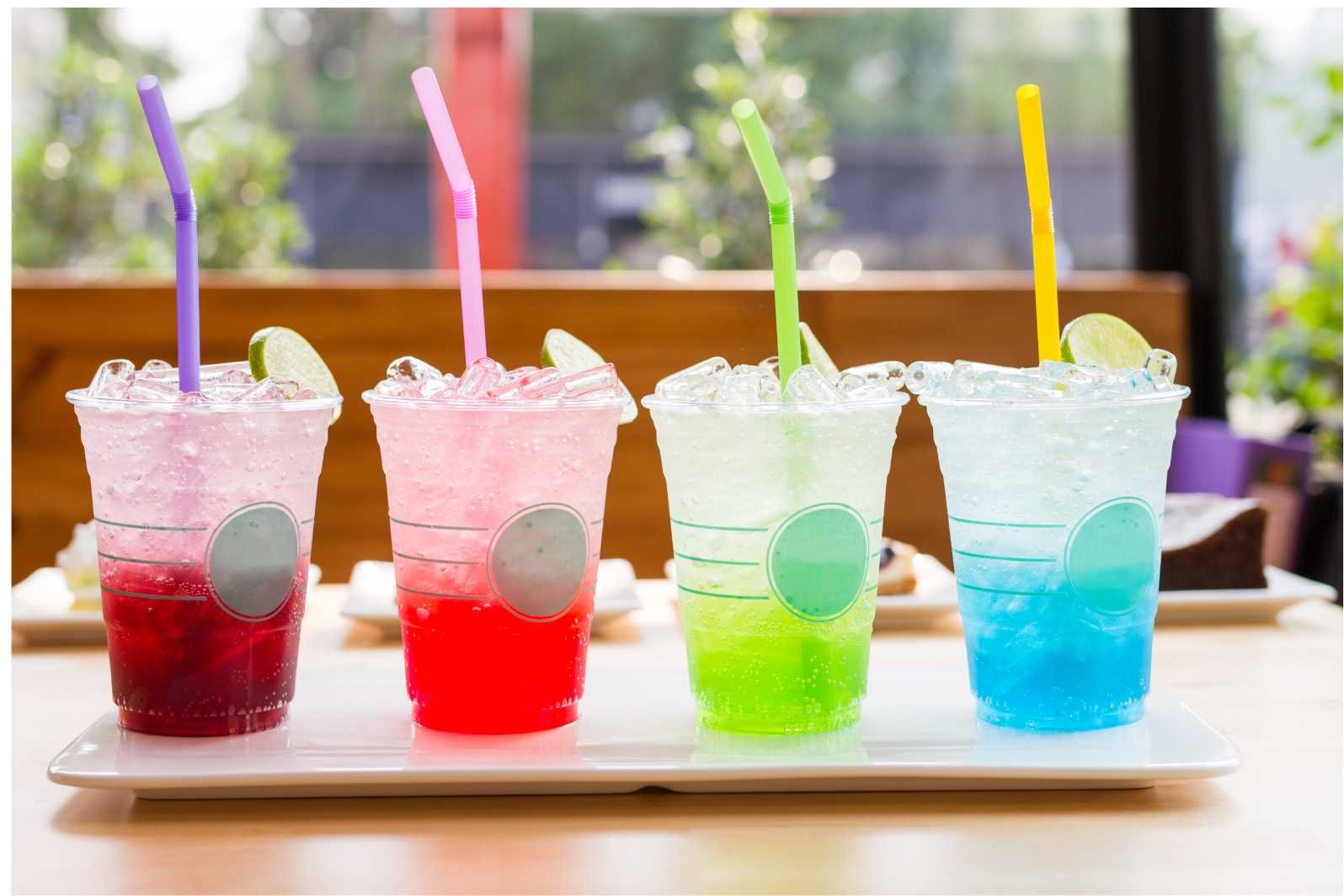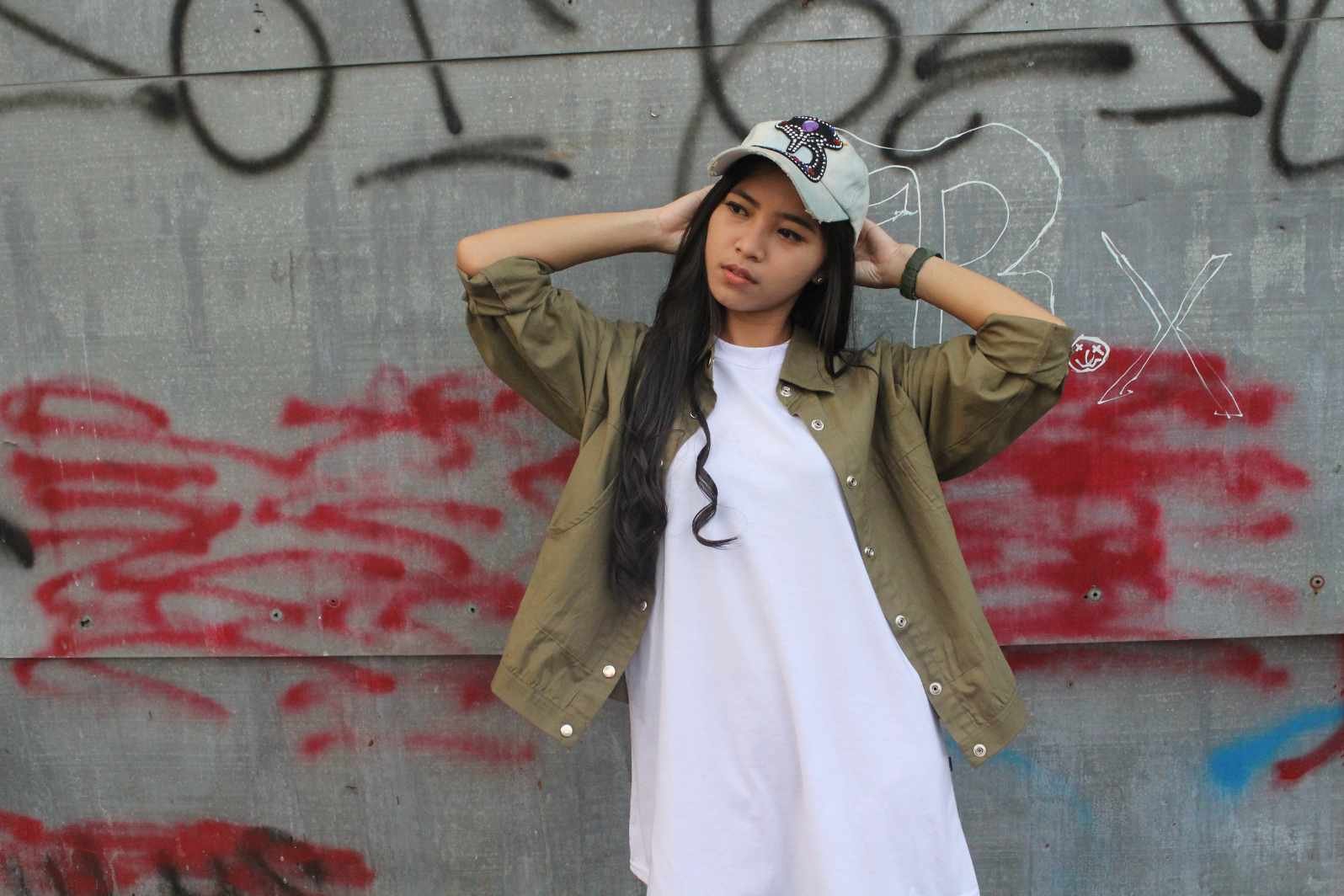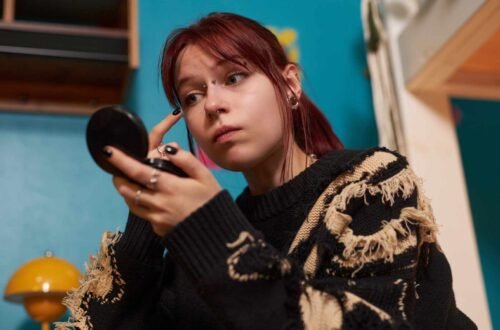Fashion has always been about expression, creativity and personality. But now a different movement has been shaping the industry — sustainable chic. Eco-friendly fashion is far from just a niche concept — it’s becoming a mindset embraced by designers, retailers and consumers opting to look stylish while also having the planet in mind.
Why Sustainable Fashion Matters
The fashion business is widely seen as an environmental scourge — one that uses a lot of water, spews out a lot of dyes, produces a lot of throwaway clothing and overwhelms landfills. In choosing sustainable fashion, brands and users are saving pollution, resources and making garments that last longer. This change isn’t just for looks; it’s a matter of responsibility.
Key Features of Eco-Friendly Fashion
1. Eco-friendly Materials – Experimental materials include organic cotton, bamboo, hemp, recycled polyester, Tencel etc.
2. Sustainable Production – When Brands pay attention to fair wages, factory safety, and local sourcing.
3. Slow Fashion – Focusing on quality, pushing consumers to buy timeless pieces opposed to fast trends.
4. Recycle & Upcycle – Old clothes are reused to create new styles, reducing the textile waste.
5. Less Packaging – Packaging is made from recycled or biodegradable material and printed in soy inks.
Brands Leading the Movement
- Patagonia – The eco-friendly brand is widely recognized for its use of recycled materials and repair programs.
- Stella McCartney – One of the leading heavy hitters of luxury fashion but with a cruelty-free, sustainable feel about her designs.
- Reformation – Always fashionable, always sustainable, with supply chains that you can see.
- Everlane – Specializes in “radical transparency” and fair factories.
- Allbirds – Known for its shoes built from wool, eucalyptus and soles derived from sugarcane.
Why Consumers Are Embracing It
The recipients of today’s shopping, particularly among Millennials and Gen Z, are more eco-conscious than ever. They’re looking for clothes that align with their values — sustainability, ethics and quality. Social media has accelerated this call to action, elevating eco-friendly fashion to something that’s aspirational yet also attainable.
The Future of Sustainable Chic
And with advancements in material science, circulation in fashion (products that get reused, recycled or composted) and more potent awareness campaigns, green fashion is anticipated to rule the next two decades. Besides, more governments are implementing laws regarding reducing waste and responsible practices, adding fuel to this trend.
FAQs:
Q1: Is sustainable fashion more costly?
Yes, it frequently does cost more, because of ethical labor practices and higher quality materials. Yet, these clothes are durable and last for a while, and are hence overtime cost-effective.
Q2: How can I be more conscious of sustainable fashion?
You can shop from sustainable brands, buy from second-hand or thrift stores, recycle with old clothes, and invest in quality pieces instead of fast fashion.
Q3: Are eco-friendly fabrics comfortable?
Absolutely! Materials such as organic cotton, bamboo and Tencel feel soft, keeping the skin breathing.
Q4: Are luxury brands sustainable?
Yes. Raising the planet’s ethical bar, oceanic-aware designers like Stella McCartney prove one can still be in the lap of luxury and not look like a capital polluter.
Q5: Is sustainable fashion a trend?
No, it’s part of a rising movement that has sprung from environmental necessity. It’s a future of fashion more than a tendential blip.
Final Thought
Sustainable chic is evidence that fashion can be chic and responsible. Consumers in turn are refreshing their wardrobes and planet by backing eco-friendly brands.





